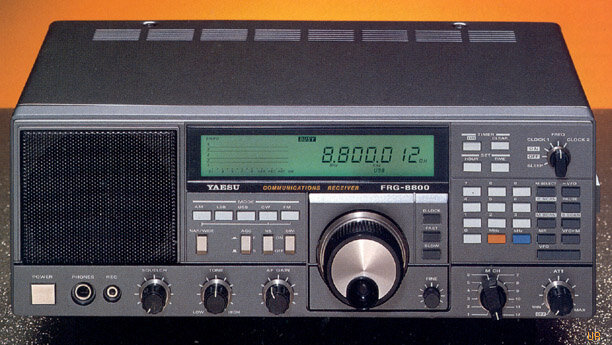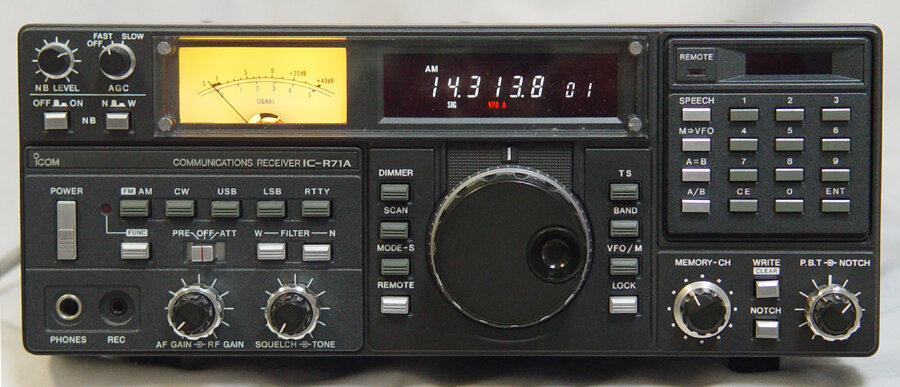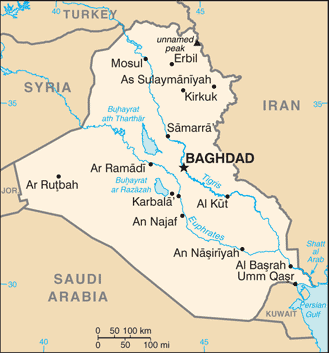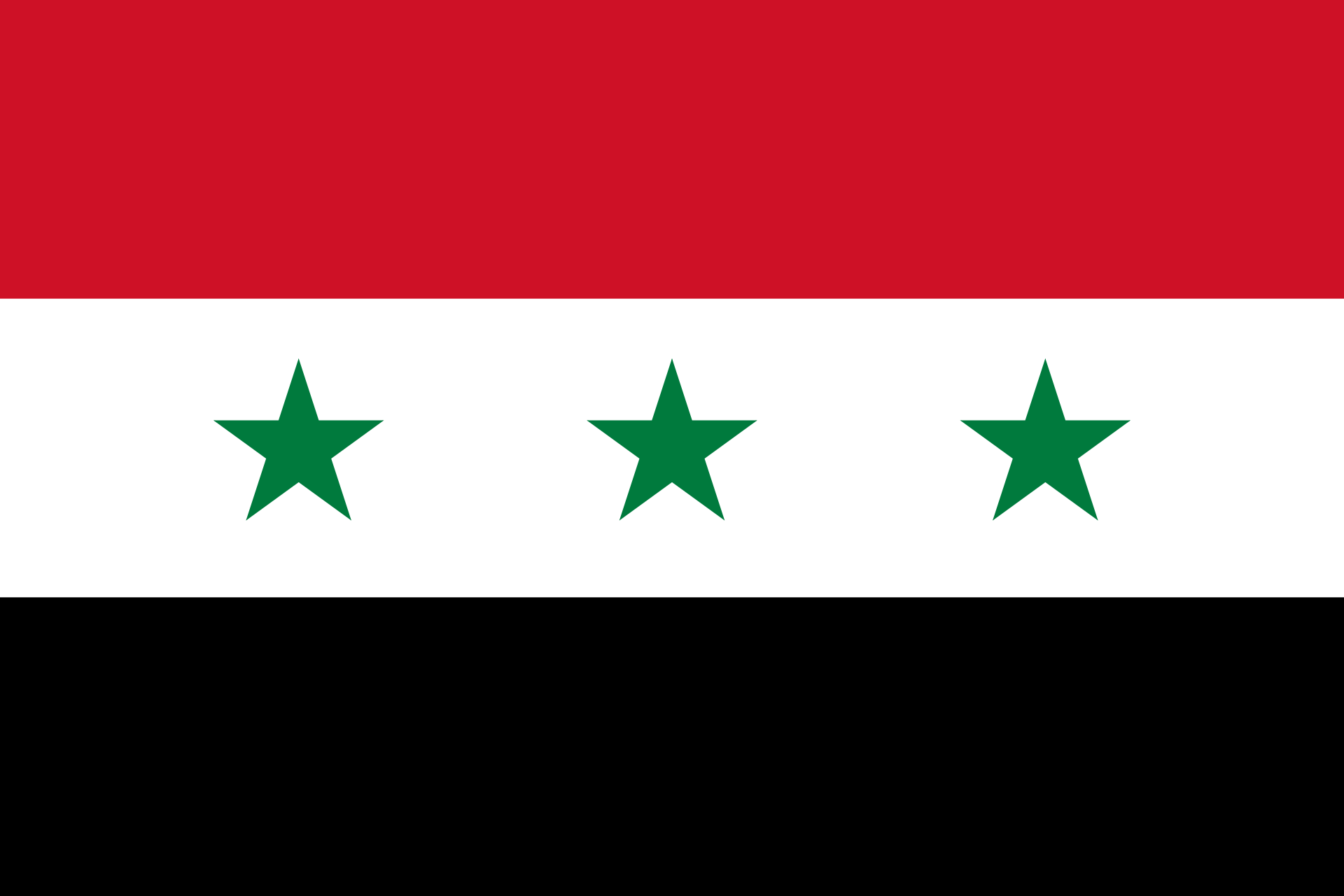Two live, off-air, approximately half-hour recordings of the North American Service of Kol Yisrael, the Voice of Israel, on the second night of the combat phase (Operation Desert Storm) of the First Gulf War, 17/18 January 1991.
The first recording is of the 01:00 UTC broadcast on 18 January on 11605 kHz. The second recording is of the 02:00 UTC broadcast on the same day, initially using the frequency of 11605 kHz but changing to the other two frequencies used, 9435 and 7465 kHz at different times during the recording. The signals originated from 300 or 500 kW transmitters at Yavne, Israel.
At the beginning of the 01:00 UTC broadcast, an announcement is made of a missile attack (from Iraq) and Israeli residents are instructed to move to their prepared closed rooms and to don their gas masks. An extended news bulletin follows. The civil defence instruction is repeated several times during the broadcast. The broadcast, from Jerusalem, included live reports from Tel Aviv. Subsequently, residents are told they can remove their gas masks but should stay in their sealed rooms. The 02:00 UTC broadcast continues the special report including live commentary from both Jerusalem and Tel Aviv, including the civil defence information telephone numbers around the country. There is a brief gap in the recording at about the 19m:40s mark due to a tape change. The broadcast concludes with a brief piece of music and the concluding announcement and interval signal.
Reception of the broadcasts was quite good. The 11605 kHz signal was strong with slight radio teletype interference. The 9435 and 7465 kHz frequencies also provided good signals although there was slight hum on one of the frequencies.
These broadcasts were received in Hanwell, New Brunswick, Canada, using a Sony ICF-7600D receiver and supplied wire antenna draped around the listening room.








